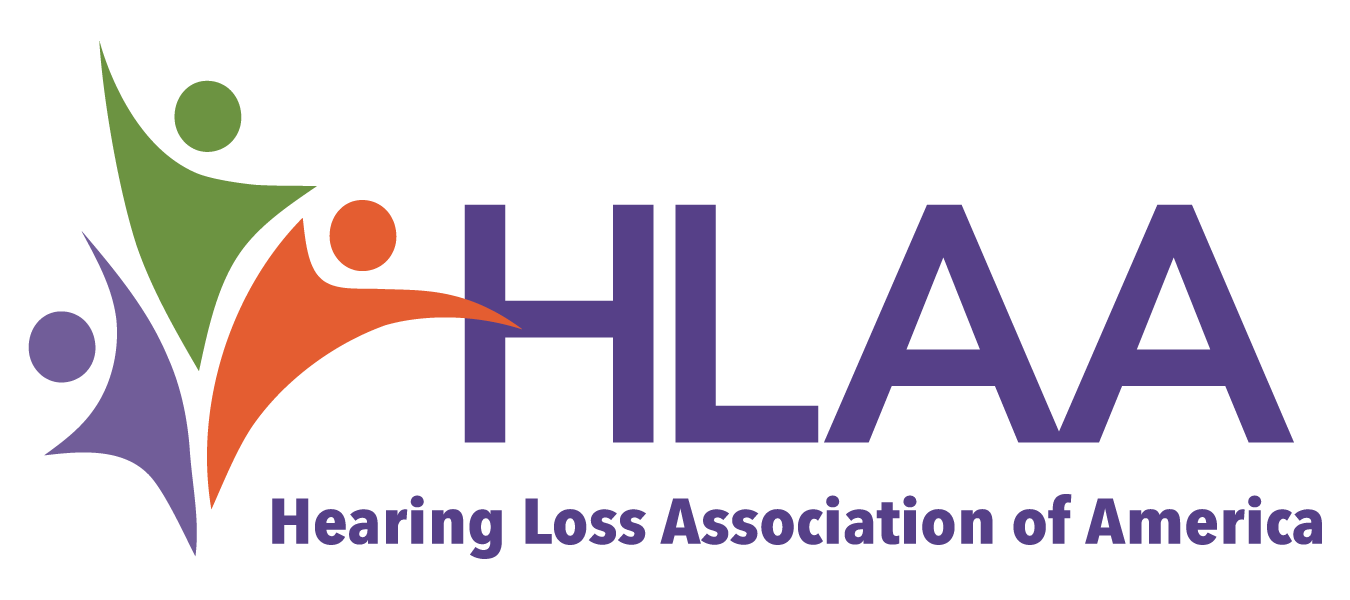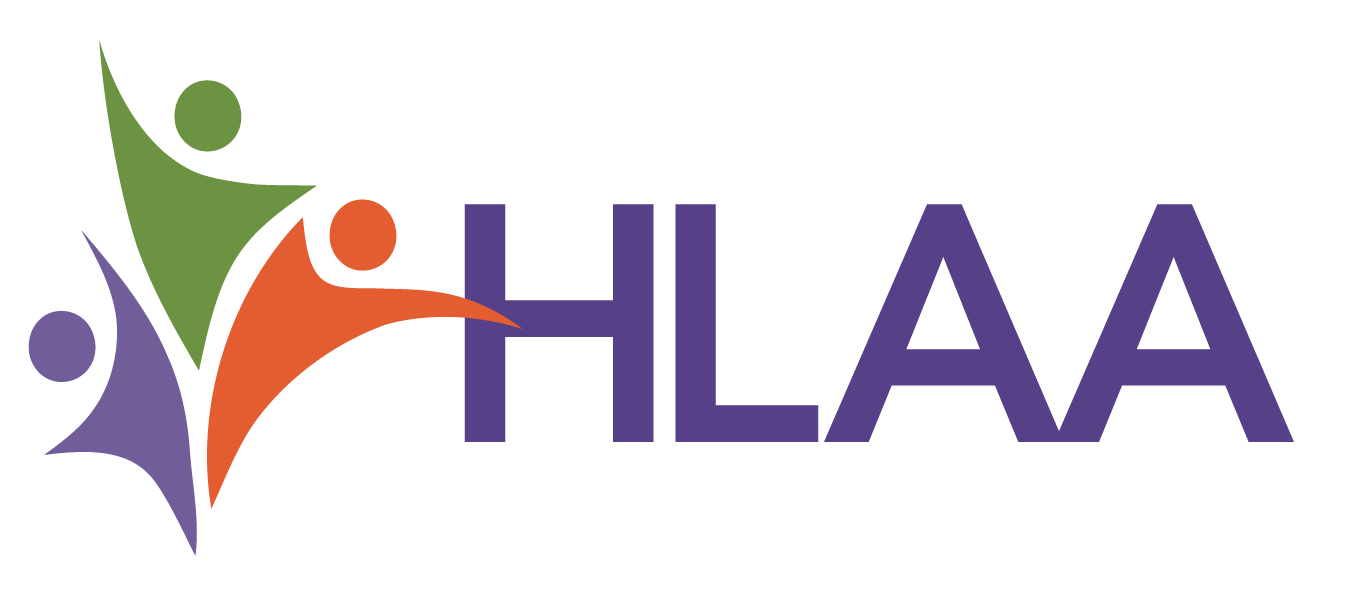Structure of the Current Team
HLAA Board of Directors
Board members are the fiduciaries who steer the organization toward a sustainable future by adopting sound ethical and legal governance, financial management policies, as well as making sure the nonprofit has adequate resources to advance its mission. A not-for-profit board helps to establish the mission and purpose of the organization; ensures effective planning; monitors major programs/activities; builds and maintains a competent Board in support of the mission; and, enhances the organization‘s public standing. The Board hires, sets compensation, and assesses the performance of the executive director who is responsible for the day-to-day management of the organization‘s work.
Executive Director, ex-officio member of the Board
The executive director is the chief executive officer who is responsible for overseeing the administration, programs, and strategic plan of the organization. Other key duties include fundraising, advocacy, marketing/media relations, and community outreach. The position reports directly to the Board of Directors. The executive director hires and evaluates staff and adheres to the Board-approved budget, mission and vision of the organization.
HLAA National Office Staff
To learn more about the HLAA staff, please visit our staff page.
State Chapters and Organizations
HLAA State Organizations and Chapters provide strategies and support that are modeled after HLAA Founder Howard “Rocky” Stone’s self-help philosophy. All HLAA state and chapter organization volunteer leaders have direct experience with hearing loss. Together, the HLAA National organization, its chapters and state organizations, are all one organization working to accomplish the HLAA mission.
- HLAA Chapters
Chapters are local or area-wide organizations offering regularly-scheduled meetings and programs. The chapters offer emotional support, camaraderie, tips and techniques for living with hearing loss, and technical information about hearing assistance devices. - State Organizations
There are two types of HLAA statewide organizations: offices and associations. Both structures exist to work on issues that affect members in their states such as legislation, policies, programs, and communication access, to name a few.- State Offices are staffed by a single volunteer (director) appointed by the national office. State offices typically are for advocacy and represent HLAA at the state level. State offices can also provide support to the HLAA Chapters, especially if there is no state chapter coordinator.
- State Associations have bylaws, are incorporated in their state and operate by elected boards of directors, similar to HLAA National. Each chapter within the state has representation on the board of the state association. Every HLAA member in the state is automatically a state association member.

